Once again, the RSPB's Big Garden Birdwatch is upon us! This is an excellent opportunity to take some time out of your day to watch the wildlife visiting your garden and to provide valuable data in the country's largest citizen science project! It's also a great way to watch the wildlife visiting your garden from the comfort of your own home through a bird box camera or a good old fashioned pair of binoculars.
But what is the purpose of this bird count and what do I need to do to get involved?

When is The Big Garden Birdwatch 2022?
The 2022 Big Garden Birdwatch is scheduled to take place on the 28th - 30th January 2022.
You'll need to set aside one hour of your time to count the number of birds of different species visiting your garden.
Your numbers and bird species data can be factored into the national counts to help get an idea of the health of the UK's avia populations.
How do I Take Part in The Big Garden Birdwatch?
Big Garden Birdwatch has been an annual event for 42 years and it is now the world’s largest garden wildlife survey. It allows the RSPB to gather huge amounts of data on a huge scale up-and-down the United Kingdom to see how our garden wildlife is doing. All you need to do is to spend an hour at your window – or if you don't have a garden – your local park and make note of what types of birds you see during that time. You just need to record the most you see of any type of species you see at any one time. Don't count up the total consecutive birds you see, otherwise, it is likely that you'll be double-counting birds as they tend to visit the area for a second or third time.
This is for everyone – from those with the tiniest of urban gardens or balconies to those with the largest of estates. The more diverse the data, the better! Perhaps you are only visited by the odd wood pigeon or maybe you have a multitude of winged visitors. Regardless, all this information is useful to the RSPB.
This year the birdwatch is happening on 28th to the 30th January 2022. All you need to do is spare an hour during this time to see what is happening outside.
Whether you're hoping to get an idea of the number of common UK birds nesting in the area around your garden or are on the look out from some of the UK's most rare bird species, the bird watch is a great excuse to take part and get counting.
All you need to do after your hour is to submit your results to the RSPB online, which you need to do before 19 February. Find out more about how to take part on the RSPB website.
How does the Big Garden Birdwatch Work?
Looking at the bigger picture allows the RSPB to analyse how our wildlife is faring in these tumultuous times. We can see long-term trends of declines or increases in bird species. With the threat of climate change, pollution and habitat destruction this survey has never been so important!
Half a million people are involved yearly with this birdwatch, so it is an excellent opportunity to have an in-depth insight into how garden birds are faring across the UK. It enables the RSPB to calculate the overall trend of species over time to see which species are under threat and need help in these ecologically turbulent times.
After you have submitted your results, the number crunching begins! First, all the duplicates, anomalies and errors are removed in the data to ensure that it is scientifically valid. Then the data can be sorted in various ways including by geographical area. From this, populations of different species can be compared. An average number can be calculated based on the abundance of each species. This is set in context against previous years' data to find out any long-term trends.
Between 2007 and 2017 the biggest decrease in a species in the UK was the Greenfinch, which suffered a 66% decline. However, it has been a good period for the tiny Wren, which in this same period has seen a population increase of an impressive 87%!

Why do the Birdwatch in January?
There are a couple of advantages to hosting the birdwatch in January. As it is winter, birdwatching is much easier as leaf cover is at its lowest. This provides fewer areas where birds can hide from our view and therefore it is simpler to spot birds landing in trees or bushes. Furthermore, because food is scarce birds are on the move more to find their next nutritious meal. We can attract them into our garden with a readily available supply of food… which brings us on to the next question…
How can I attract birds into my garden?
Funny you should ask! We have articles on the Dos and Don’ts of Feeding Birds and What We Should Be Feeding Birds on the matter.
The key things to remember are to leave out a variety of bird foods and a supply of fresh water.
Ensure that wherever the bird food is place, whether in a hanging feeder, ground feeder or elsewhere, that it is a quiet place for the birds that is safe from predators and sheltered from the winds. Don’t forget to leave out some fresh water for the birds, or even better, have a small pond that can attract a variety of wildlife.

It is important to ensure bird feeders, tables and baths are regularly cleaned to stop a build-up of germs that can spread diseases among garden birds.
You can even use one of our bird feeder camera kits to get a great close up view of the birds visiting your feeders.
Bird Watch 2021 Results
Here are the RSPB collated results of the big garden bird watch for 2021.
Will you be taking part in 2022's event?
What kinds of Birds Can you Expect to See?
If this is something you have not done before then there are a variety of common garden birds to be on the look out for! These were the top ten most seen species last year in the 2020 count:
1. House sparrow
2. Starling
3. Blue tit
4. Woodpigeon
5. Blackbird
6. Goldfinch
7. Great tit
8. Robin
9. Long-tailed tit
10. Magpie
However, it always pays to keep your eyes peeled for some unusual visitors! At this time of year, we are joined by a whole host of winter migrants who are escaping the harsher winters in regions such as Scandinavia. You never know what may visit your garden so it is always worth being ready to spot something you may not expect.
UPDATE: here were our results from this year in the park next to Green Feathers HQ:
This is what we saw in the park yesterday:
— Green Feathers (@GreenFeathersUK) February 1, 2021
7x Goldfinch
3x Blue tit
3x Long-tailed tit
1x Wren
2x Carrion crow
1x Pied wagtail
1x Grey wagtail
1x Wood pigeon
2x Blackbird (M)
2x Robin
1x Magpie
1x Dunnock
1x Great tit#BigGardenBirdWatch
What did you see? Submit your count to the RSPB now!
The Big Garden Birdwatch Checklist
What do I need to get birdwatching?:
- Binoculars (or just the naked eye will do!)
- Pen/pencil and paper to note down what you see
- Cup of tea/coffee/hot drink of choice
- Bird identification sheet or book
- Plus anything else you need to make it fun and easier to record accurately.

Get counting
Learn more about the Big Garden Birdwatch on the RSPB website from where you can find out how to submit your results and learn how to identify common garden birds.




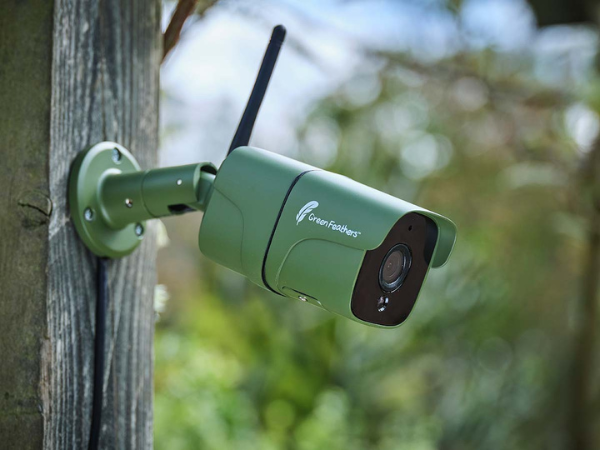
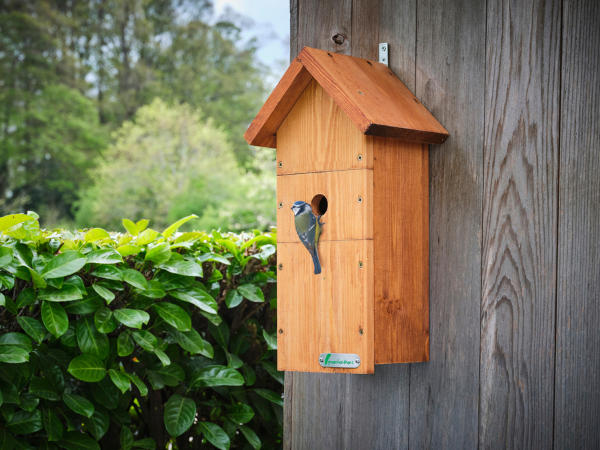
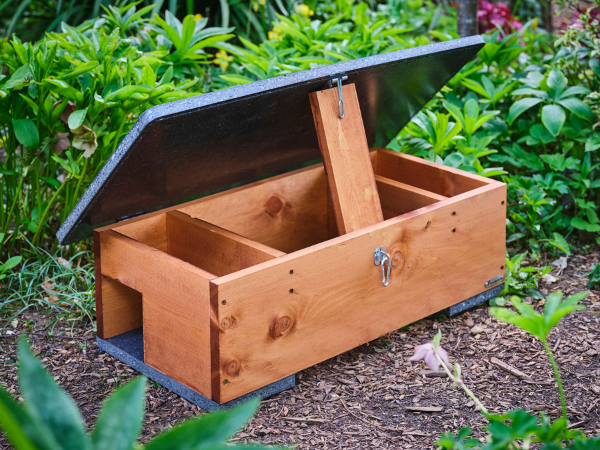
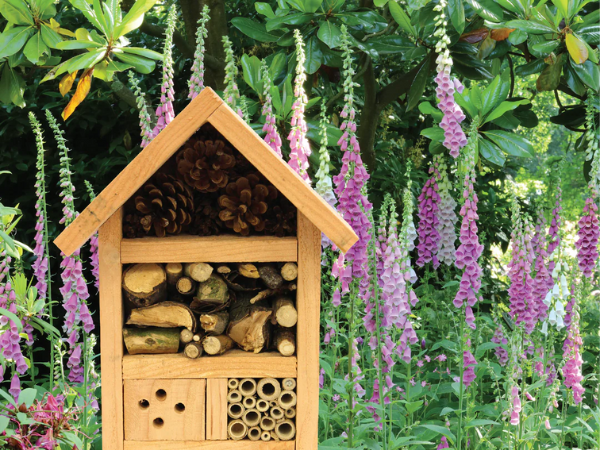
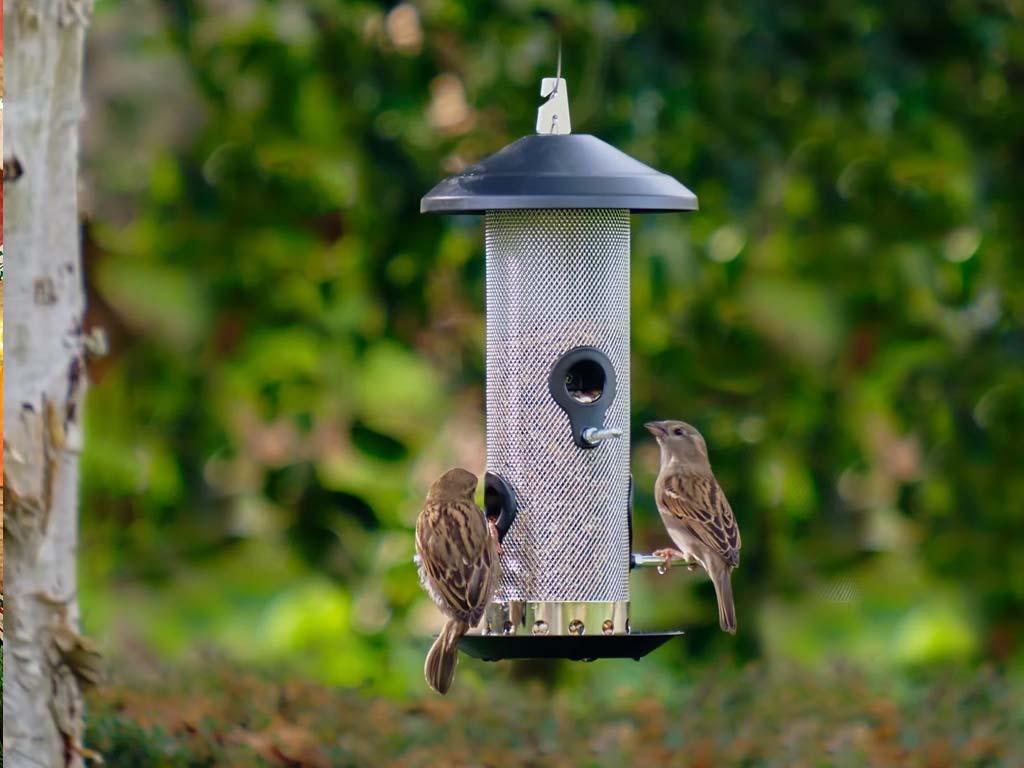
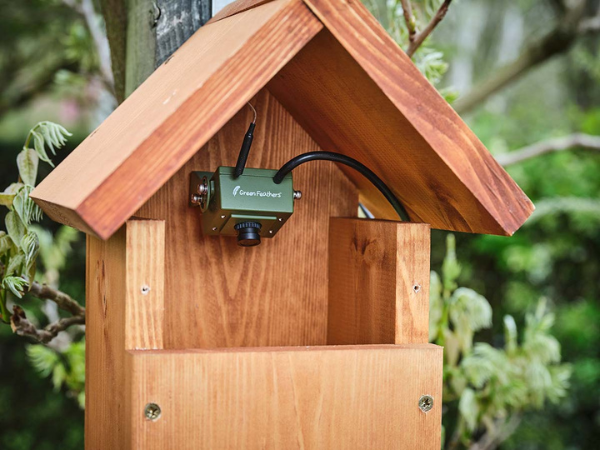
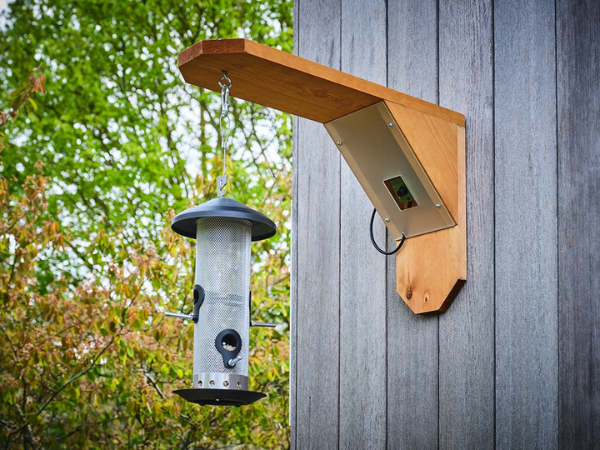



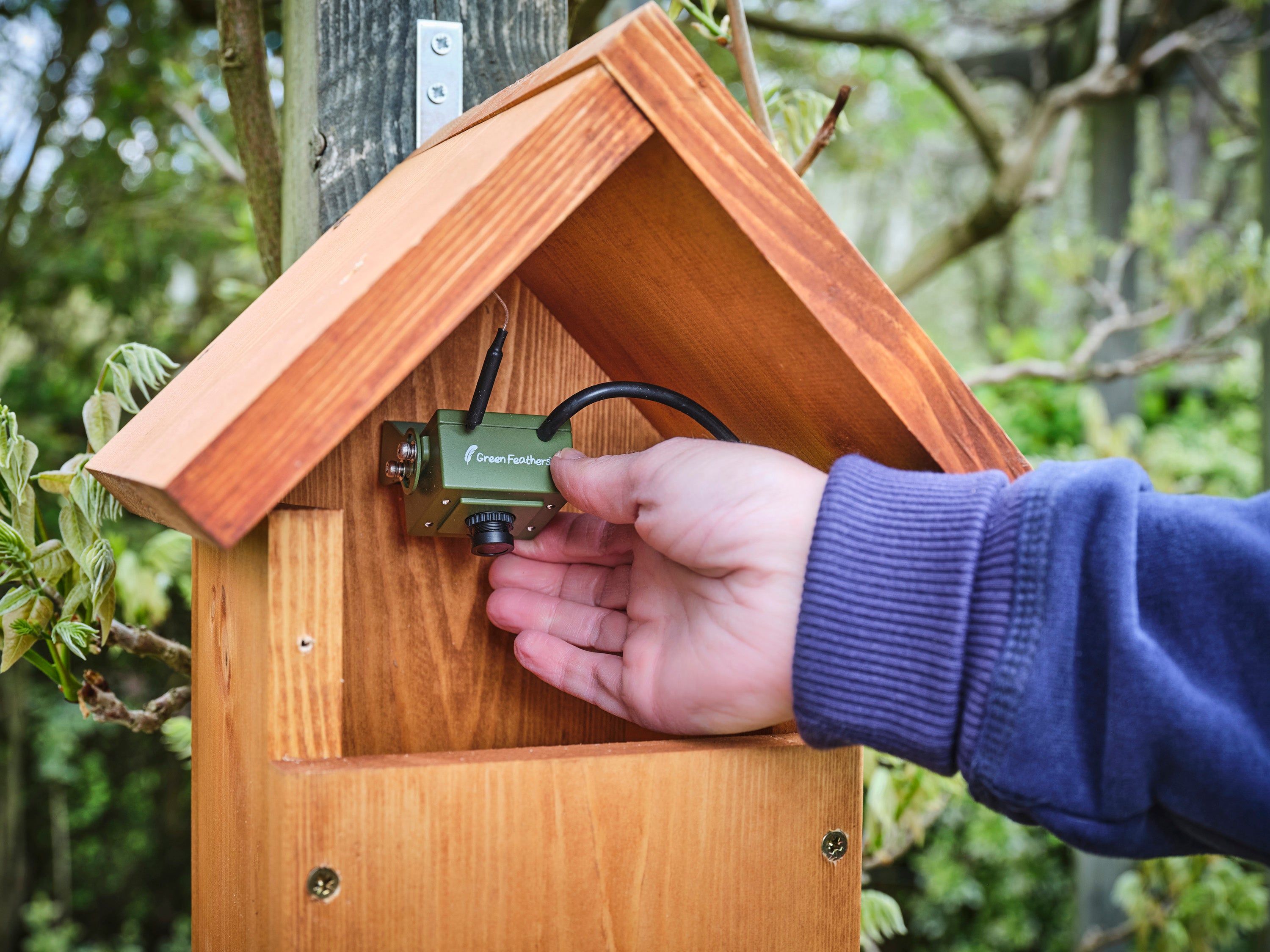
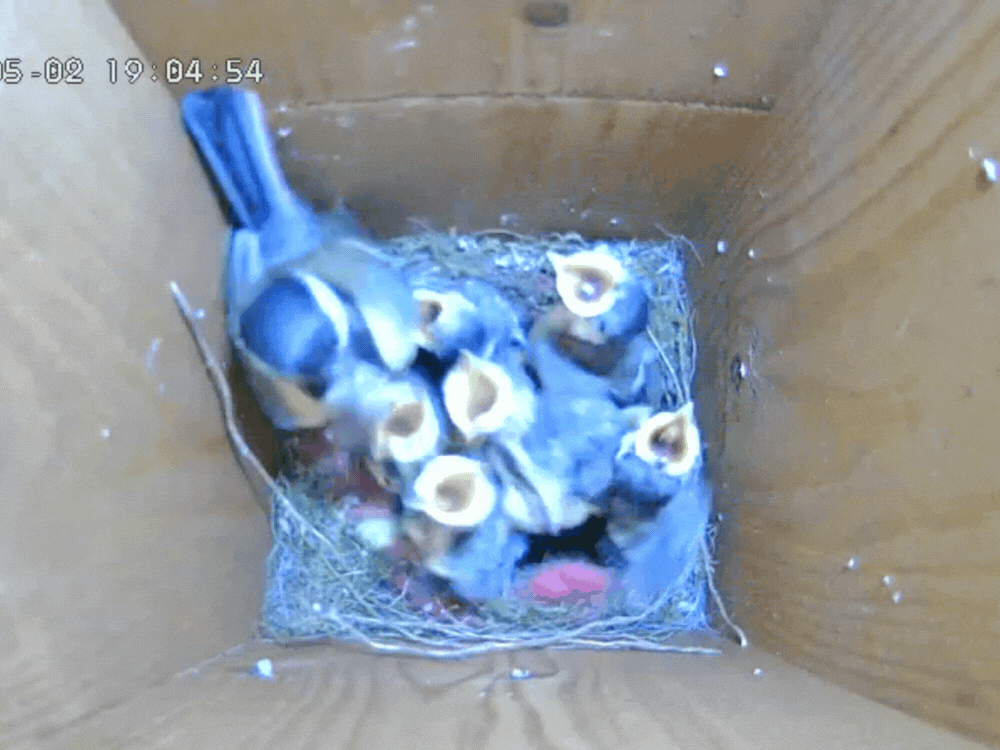



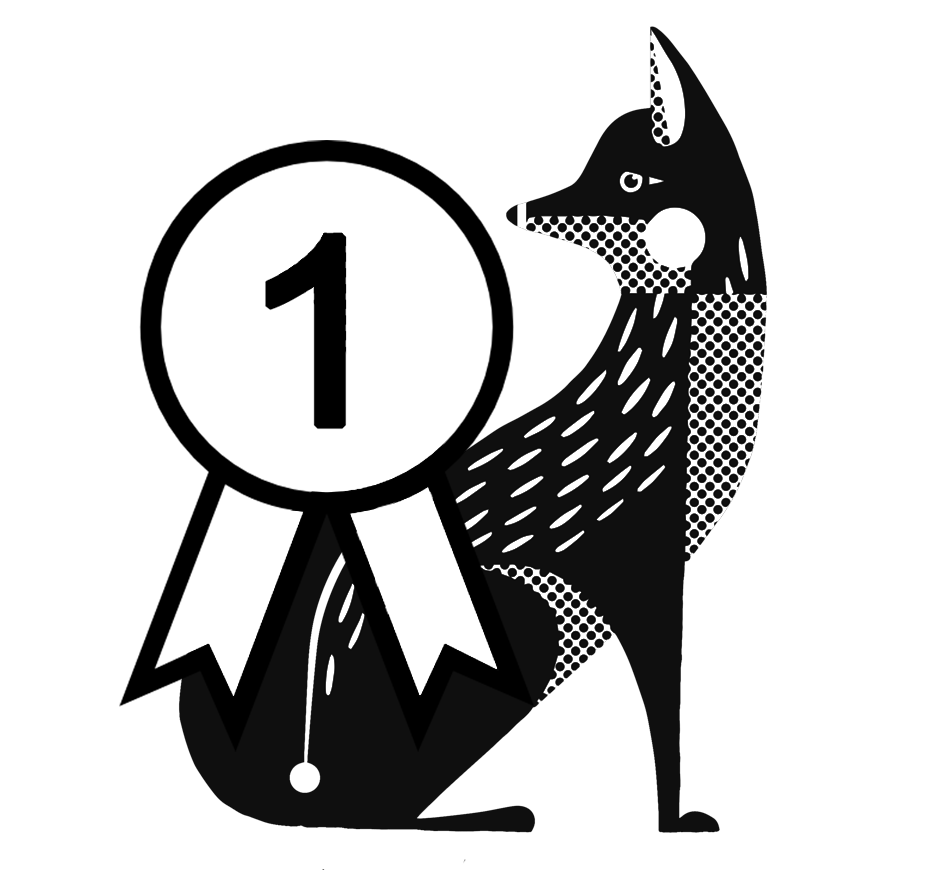


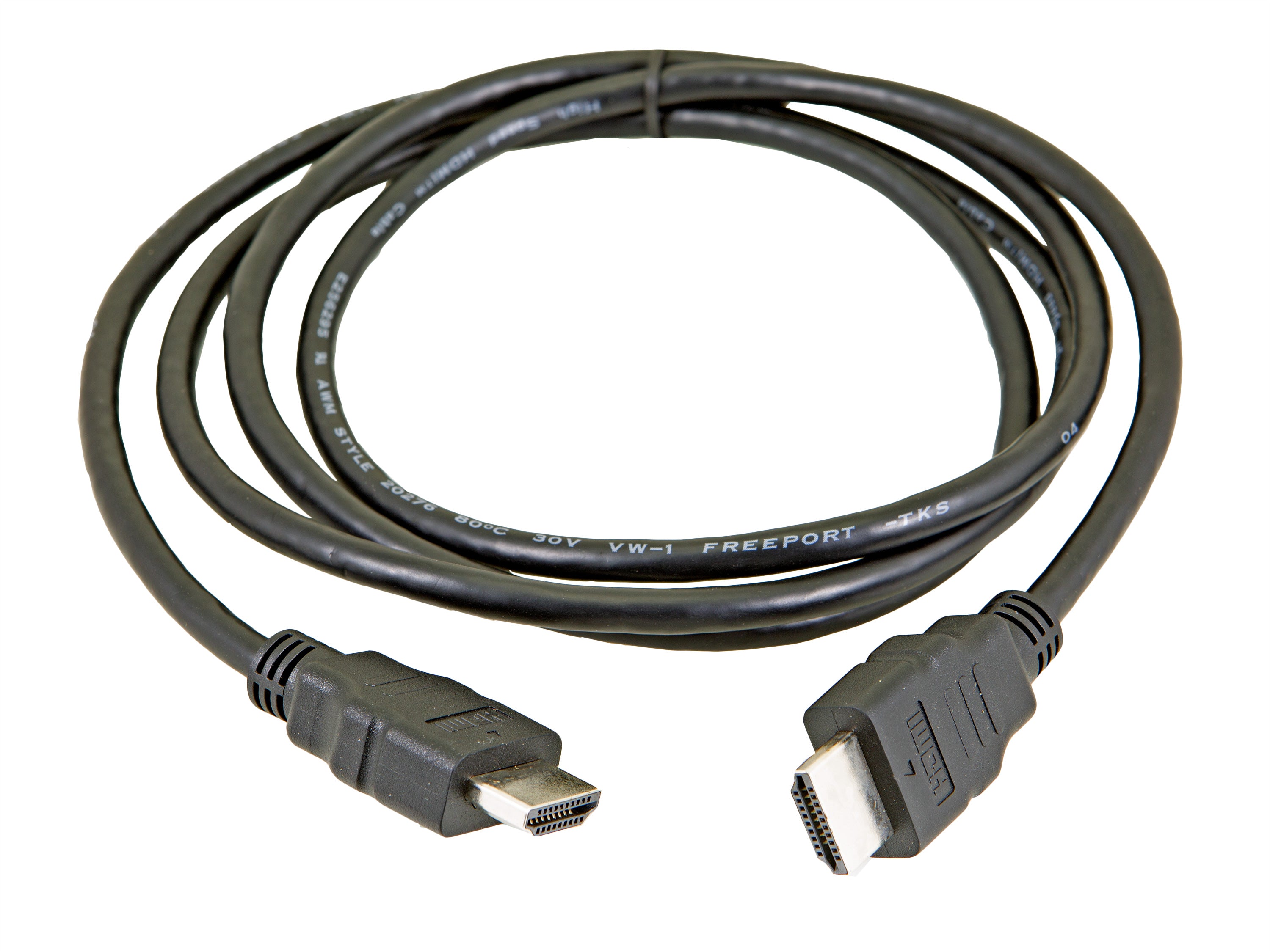

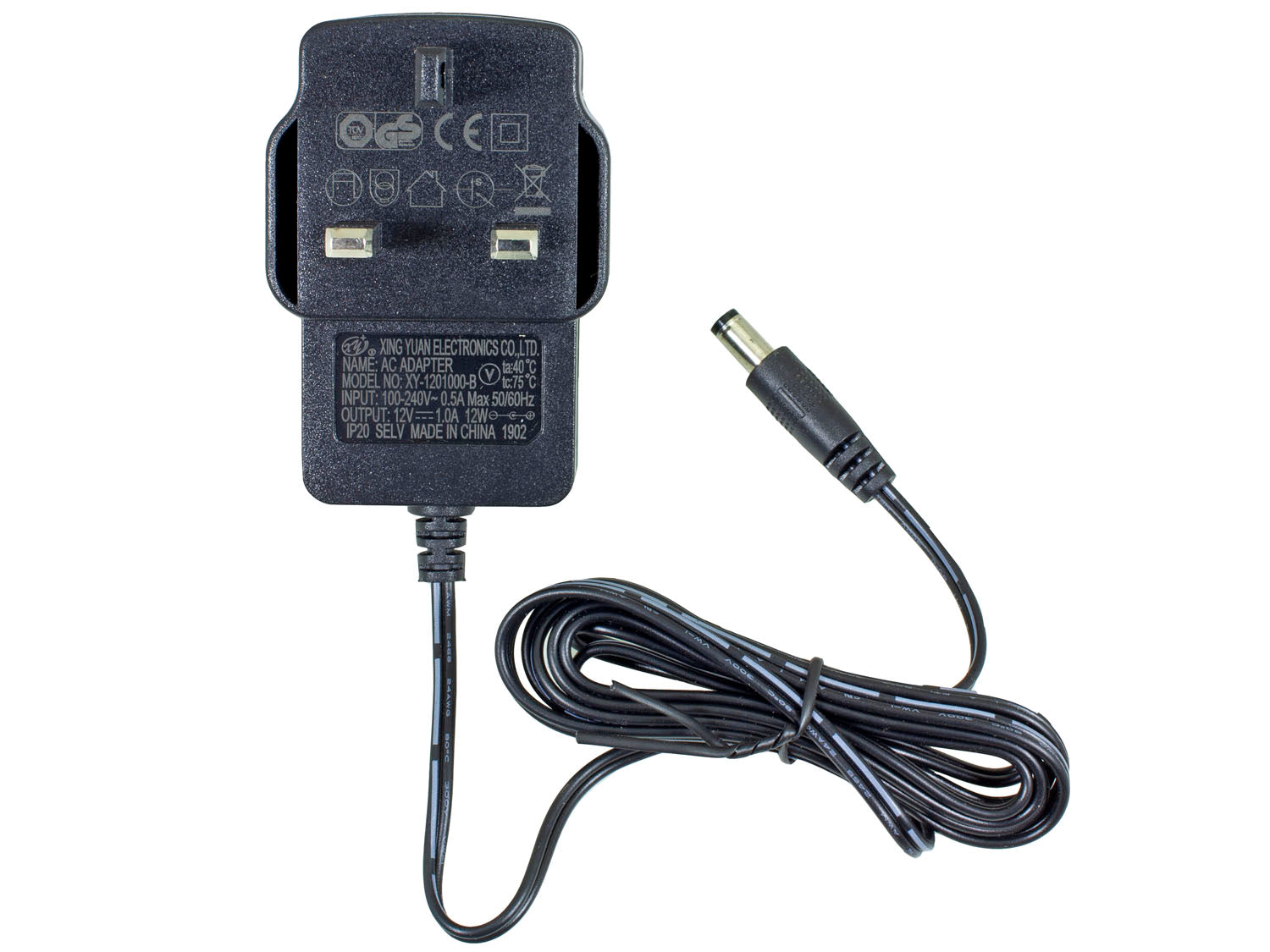
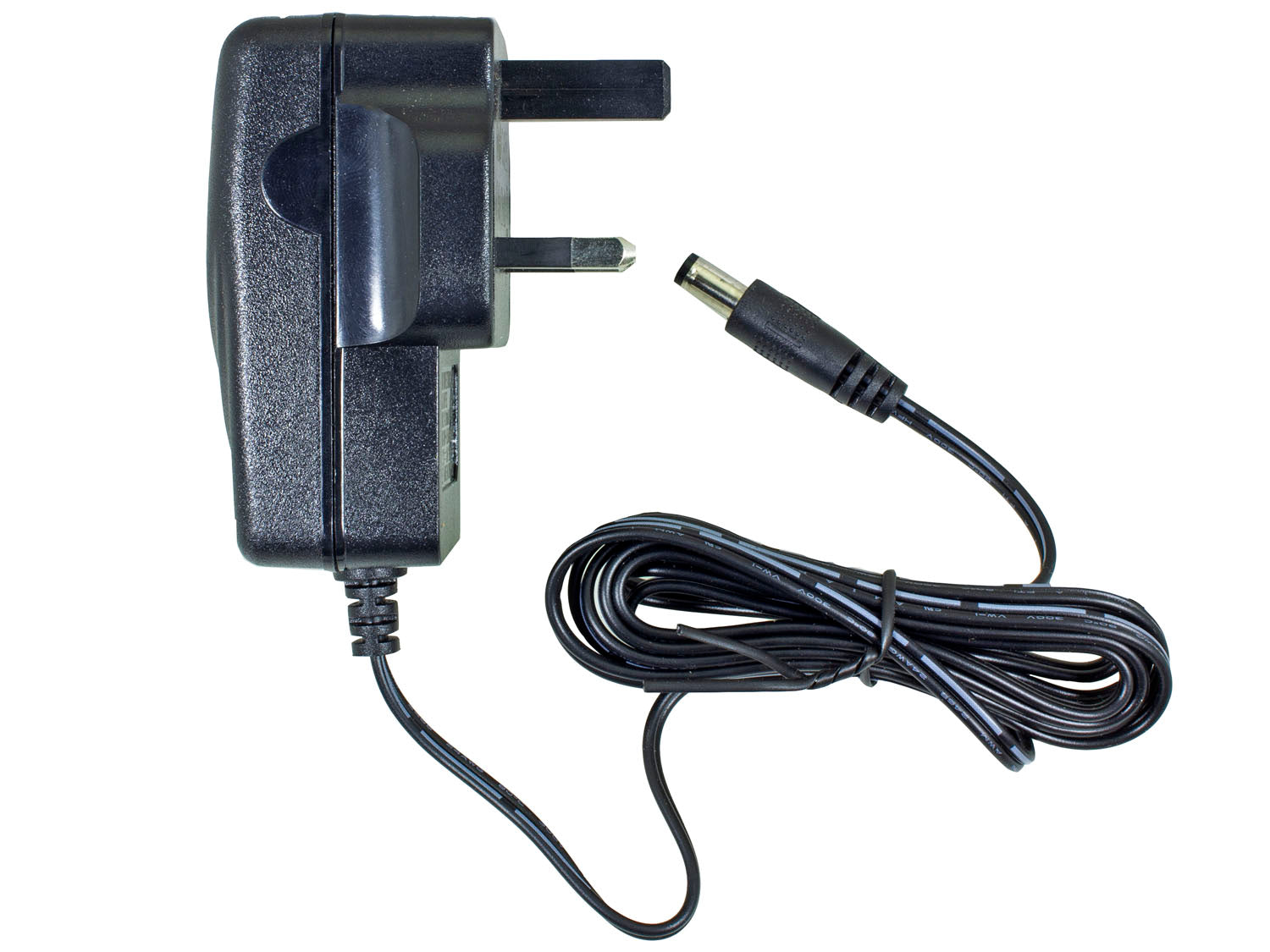
We had a VERY impressive visitor about a month ago. I came down one morning and just outside the kitchen window was a Sparrow Hawk merrily chowing down on a pigeon it had caught. It was quite macabre, since the pigeon was still alive, and remained so for close to an hour. Later that afternoon, close to dusk, another bird (or maybe the same one, but I think it was smaller) came down and caught another pigeon further down the garden. It carried this one away with it. I got some fantastic high-resolution photos of the first bird, though.
My count.
2 pheasants
1 pigeon.
Very quite day over cast and cold.
Normally around my bird feeder and garden, we see.
Blue tits.
Robbins.
Occasionally we see a red necked woodpecker.